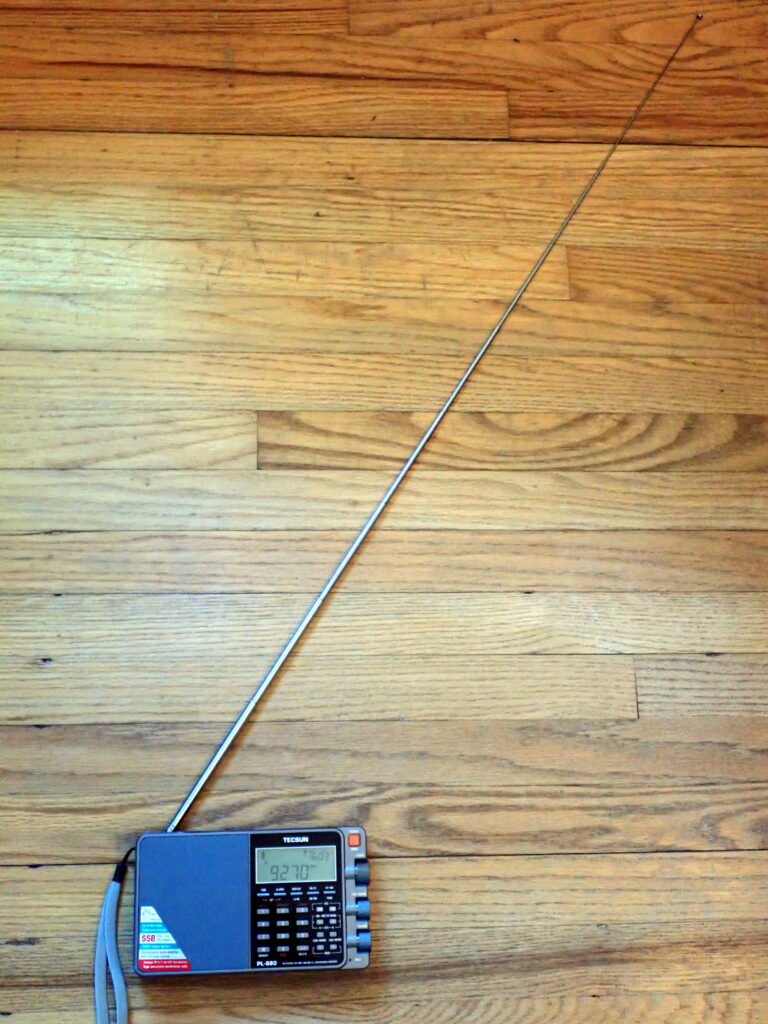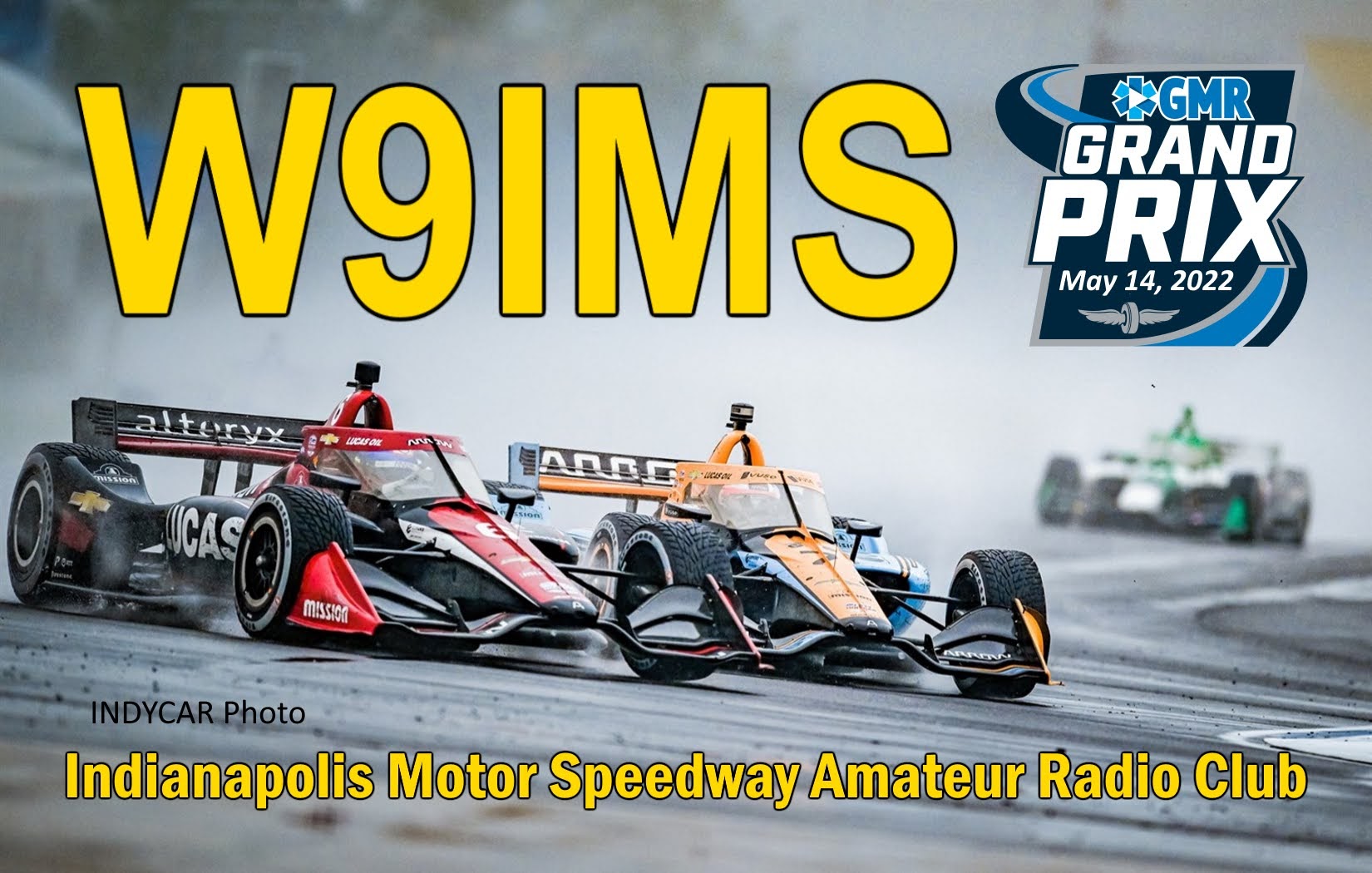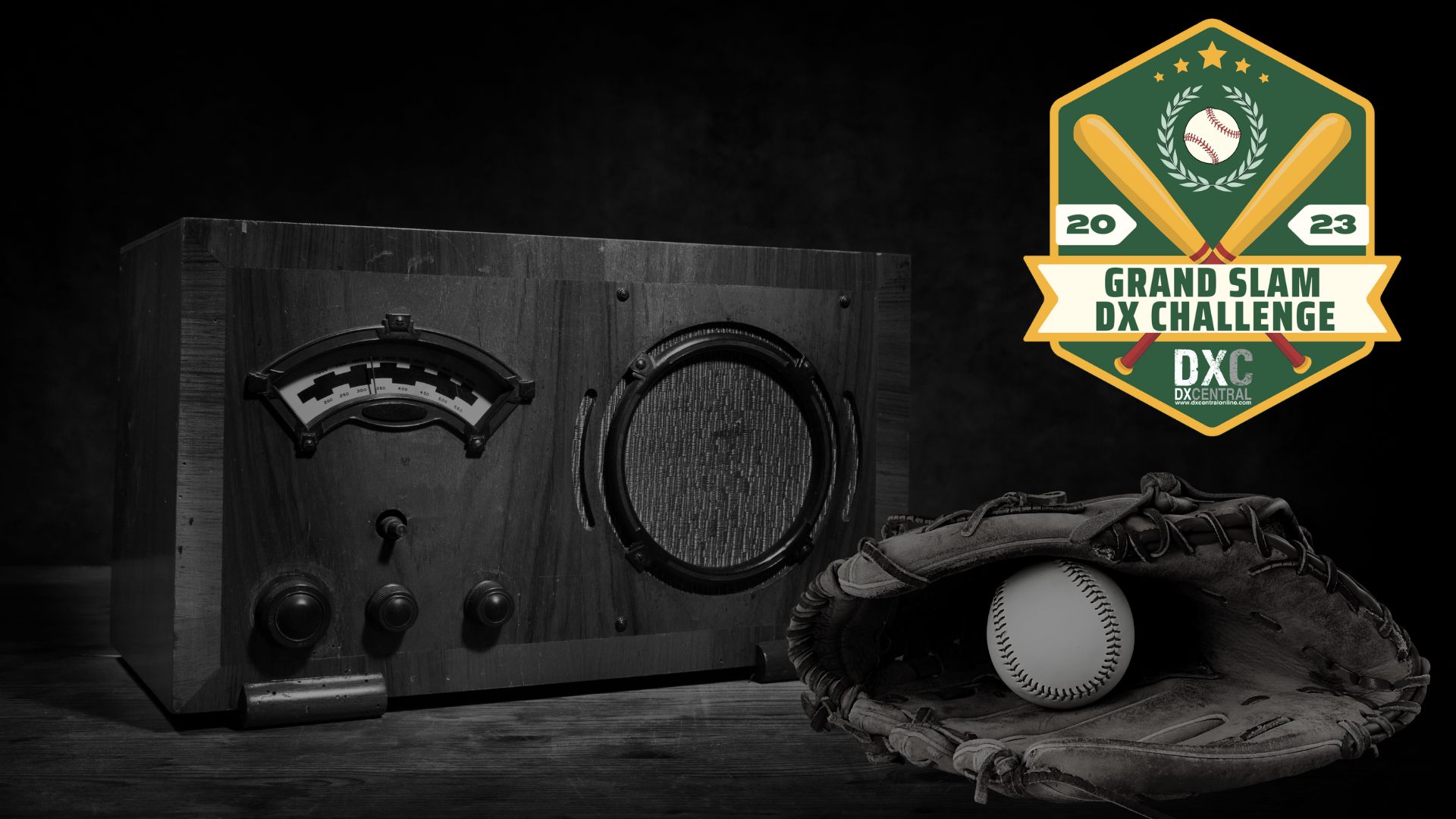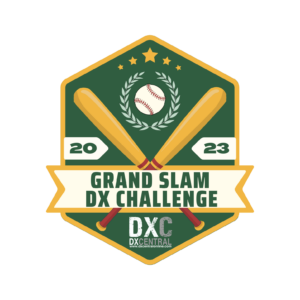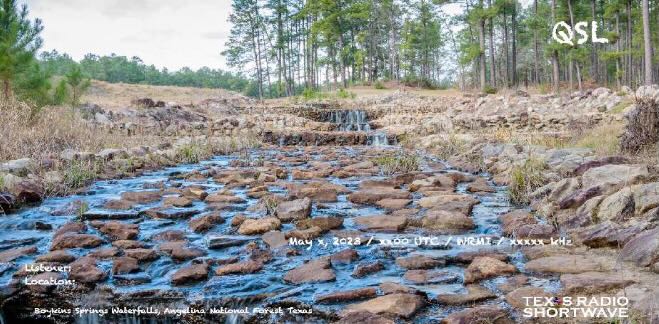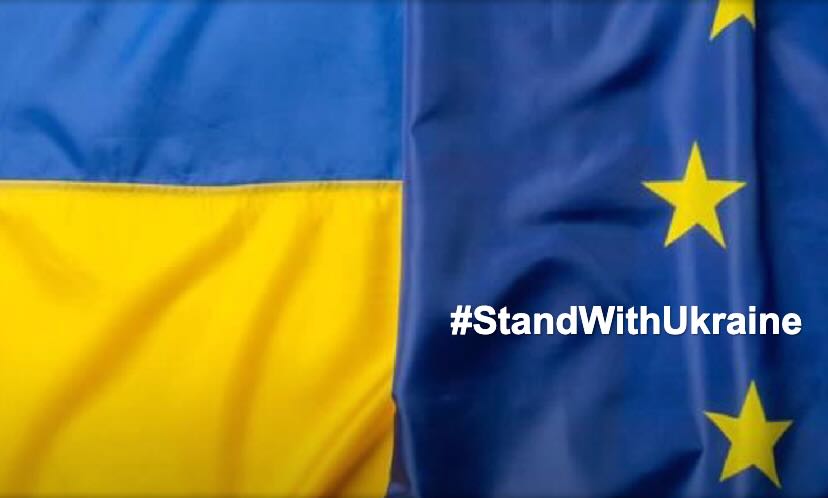Many thanks to SWLing Post contributor, Jack Kratoville, who shares the following guest review:
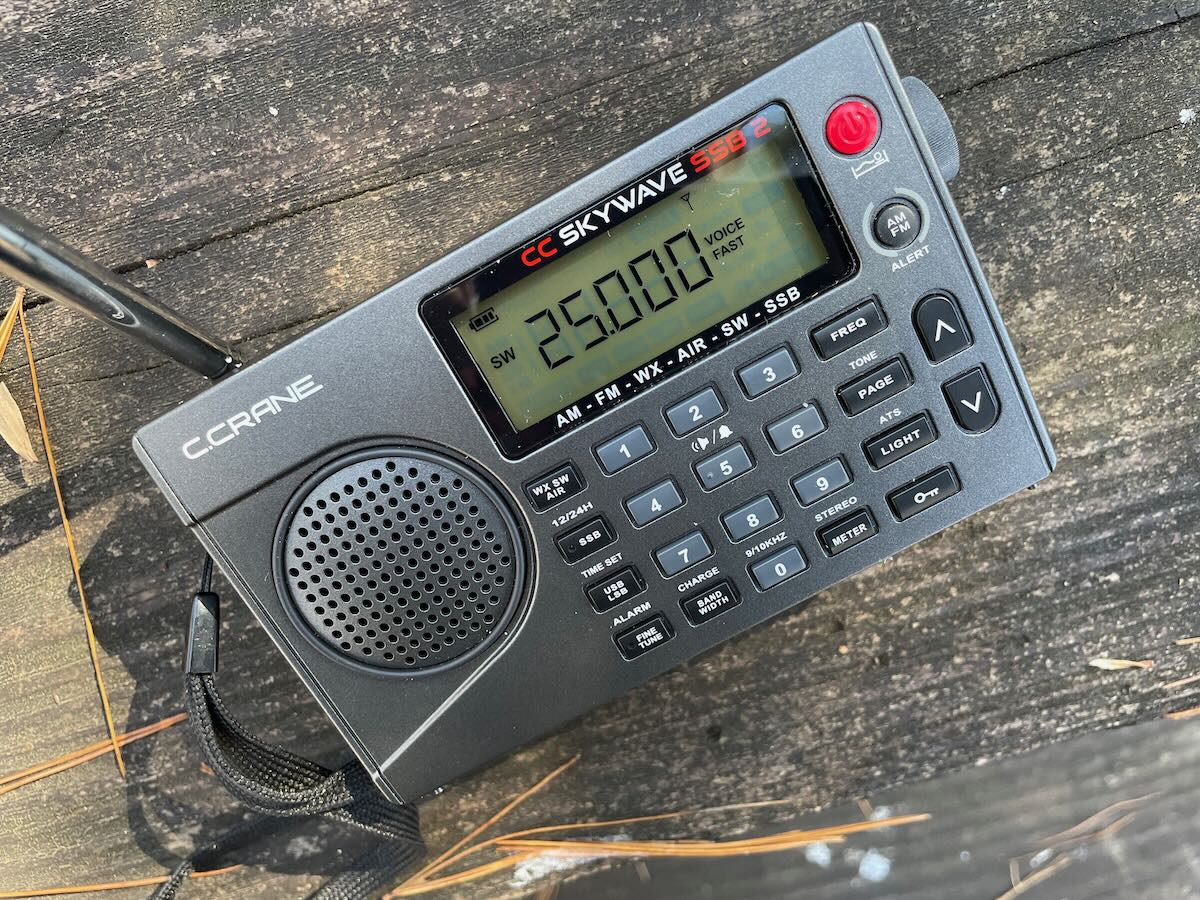
CC Skywave SSB 2: Thoughts and impressions
by Jack Kratoville
I had no intention of purchasing this radio. I already own two of the original Skywaves and, not big into Ham communications, saw little need for the upgrade. But as I was looking at the new SSB 2, my wife walked by and said, “Don’t you already have that one?” I told her it was the updated model and it’s on sale. “You should get it,” she replied. Sometimes it is best to listen to your wife.
My curiosity in the SSB 2 was the “slightly improved” audio and other updated features. It was shipped to my home for $149 complete and I eagerly opened the box. Putting it through the initial paces, I was highly disappointed. Some buttons didn’t work, and the “slightly improved” audio was harsher than the original. It was going back. In a final desperation, I stuck a paper clip in the reset hole and all functions came to life. While I still wasn’t impressed with the overall audio, I would spend more time with it. I’ll address the audio later, but let’s look at what this radio was intended for and how it stacks up to that challenge. This is a communication device, designed specifically for people looking for interesting and far away signals. As far as I can tell, it’s the only radio with “SSB” in its name – so let’s start there.
I have the Digitech AR1780 and the Eton Executive Satellit with SSB capability. I’ve explored both upper and lower sidebands on both. It always seems like too much work; pressing multiple buttons multiple times adding that the Digitech is a notoriously slow scanner. I enjoy them both, but SSB seems like an afterthought. The Skywave SSB 2 is far easier to track down and tune in signals. CCrane includes some tips in the booklet, and I find myself hunting for Ham conversations almost nightly. I haven’t had to attach an external antenna as of yet as I find something without them. If the primary purpose of this radio is to bring a capable SSB portable to your pocket on any adventure, CCrane has scored big. I’m still not a hard core listener, but this radio is very satisfying and I tend to check out the side bands much more frequently.
Next up is the SW band. The SSB2 has a longer antenna and I think it serves well pulling in more distant signals. First thing I noticed is that the SSB2 scans slower than the original Skywave. Perhaps this is due to the ability to detect single side band signals, but I’m not so sure. The original is quite speedy, the SSB 2 seems more normal. The best features are the external antenna options and the hardware provided in the box. Wherever you travel, you can easily hook up an antenna directly into the radio, simply using wire that attaches to the accessories in the box. There is a provided reel antenna, so your options are plentiful. I don’t get any overload, but I’m also not on top of any local signals. I have to say, as a communications device, this radio is designed to please.
Aircraft also benefits from a longer whip and external options. I can just get the feed from my local airport (about 5 miles away). The SSB2 gets the airport weather service clearly. There’s an updated scanner that is perfect for monitoring 2-3 signals at a time. This is a big improvement.
The weather band is one of my favorites and have always enjoyed it on the Pocket and Skywave. Here we have one step forward and one back. I understood why the original Skywave didn’t employ the tone switch on WX. There’s not a lot of dynamic audio here. But the SSB2 does which makes it a bit clearer and certainly louder. Very happy with that update, however when I push the presets on the SSB2, nothing! On the original, pushing 1 through 7 moved you to that WX channel. Now you have to slew through signals using the knob or buttons. Why would they omit this? At my home location, I receive 1, 4 & 7 and would simply press the preset I wanted to hear. Losing this capability makes no sense at all.
AM/MX. This band is always a CCrane strength and the SSB2 will not disappoint. Excellent sensitivity, filtering and scanning options makes this a top tier pocket portable.
FM. Better antenna, better reception. I think it’s a hair more sensitive and selective than the original Skywave, but listening to the FM band leads me into my biggest gripe, the audio.
“Slightly Improved” is a way of saying “don’t expect too much.” At first, I was highly disappointed. Even on “Voice,” the FM band sounded shrill and fatiguing. I almost returned it that first day. I decided that it was better to give time and put it through various paces and locations. Here’s my personal assessment. While audio dynamics is as personal as one’s favorite color, I must start by saying they did make a sizeable effort to improve this radio’s sound – to a degree. Excluding FM, the audio is louder and fuller. I would go as far to say it’s a bigger improvement than they give themselves credit for, especially with SW, SSB and WX. But with FM, they could have trimmed that high end 1-2db and it would have been so much better. U.S. FM signals are overprocessed to begin with and this radio highlights that flaw immensely. (The PL-310et does as well, but with slightly better low end to balance the sound). I’ve brought the radio outside, listened to the non-commercial locals and various low key programming – when the high frequencies are more muted, this model sounds much better than the original. OK, admittedly people are not laying out $160 for this radio to listen to the Zombies, U2 or even Doja Cat, but I don’t think it would have taken much to make this radio audibly more pleasant on all bands.
Where the audio does suffer is at low, low levels. This is not for listening in bed late at night. The improved amplifier has to send more energy to the speaker and that creates a low-level hiss – even when the volume is at zero. This is not a Skywave SSB2 issue, it is an issue with most audio devices trying to pump more into a smaller speaker. Most radios suffer from this to a degree (the original Skywave does not), but some are better than others. The SSB2 is very noticeable.
I honestly feel CCrane put in a big effort trying to please their core base with multiple adjustments to this radio. The screen light is better dispersed. When you shut the unit off, it gives you the time before the light extinguishes. Switching on and off or between bands, the audio fades up and down – better than unexpected loudness. The tuning knob is vastly improved with satisfying clicks and no jumping over frequencies. The volume knob is stiffer with less play. The buttons are better, and the adjusted layout is extremely intuitive. I’m not a huge fan of the current style, but it makes sense. CCrane designed this radio to be more in line with the CC Pocket, giving their portable lineup familiarity between models. I’d prefer the page and memory numbers to remain on screen, but it’s extraneous information. I don’t listen through the earbuds, but they are working on whatever clicking problems occur when switching between bands.
No radio will ever be perfect nor please everyone, but I remain a fan of CCrane. For Ham and SW enthusiasts on the go, this radio is worth your consideration. You can buy cheaper, but you will only get what you pay for. My original Skywave, purchased in 2015, continues working like it did brand new and remains my #1 travel companion. Well, number two behind my wife.
Click here to check out the Skywave line at C.Crane.

